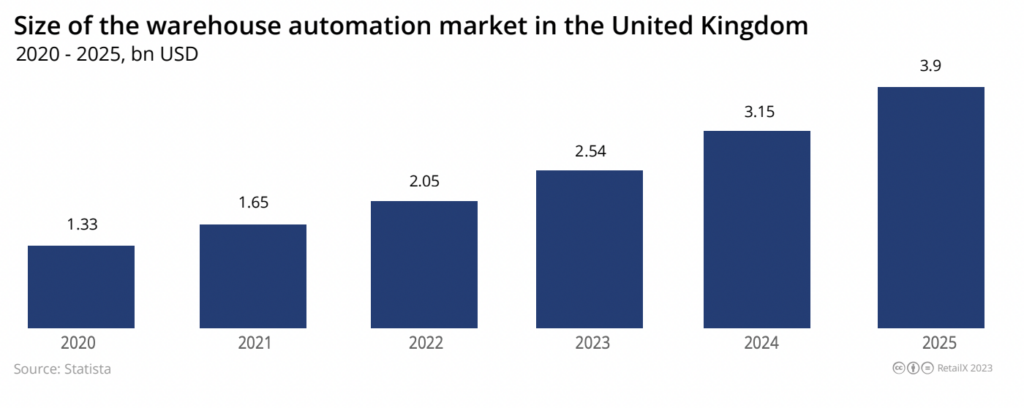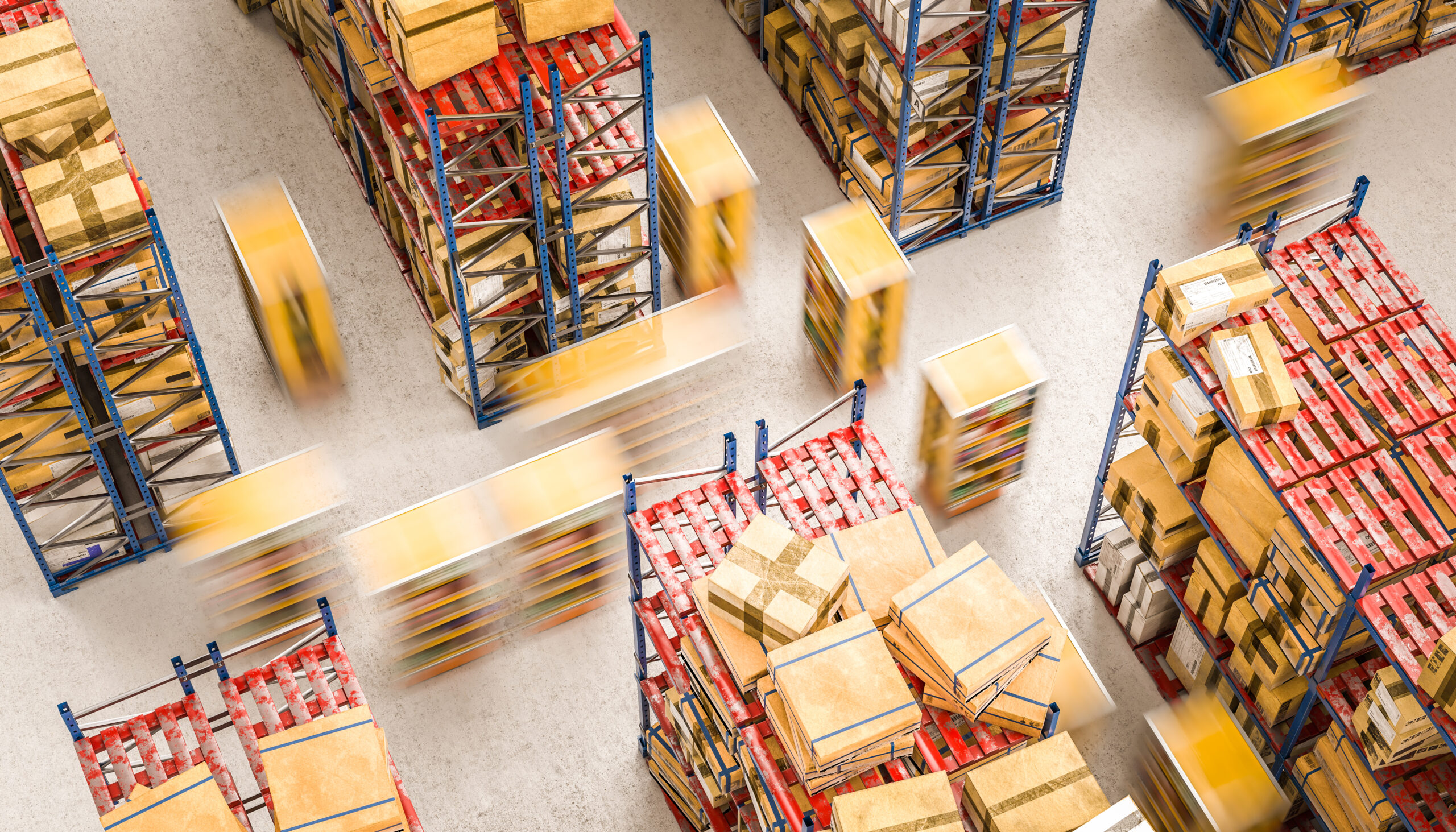Will 2023 be the year when warehouse automation is within reach for retailers of all sizes?
Whether it is to help deal with the short supply of labour, or to keep up with the demand on warehouses following the ecommerce boom, businesses could see 2023 as the year they invest in automated technology to streamline their processes.
Many small and medium sized enterprises who had previously only watched as the ecommerce giants deployed such solutions will be looking to keep up.
“The demands that retailers have within that industry, predominantly driven by the Amazons of this world who set customer expectations, really forces retail and retailers to invest in technology and automation. [They] look at tools that could enable them to do things smarter with better quality data and make more informed decisions,” explains Jon Roberts, sales director of warehouse management & stock control software provider Orderwise.
A recent survey highlighted that 2023 will be the year to introduce such tools for the majority of firms. Logistics Management’s Annual Warehouse and Distribution Centre Equipment Survey 2022 found 60% plan to invest in new equipment or upgrade its systems in the next 12 months.
It also reported that 45% of decision makers are looking to invest in information hardware and software, while 18% are considering enterprise applications such as Enterprise Resource Planning software and Warehouse Management Systems.
The same report stressed that this year there is “less hesitancy” to introduce technology to operations. The number of companies responding that they were “holding off” on system decisions had dropped from 19% in 2021 to 16% in 2022. Those taking a “wait and see” approach also declined, from 37% to 33%.

Why now?
This lack of hesitation may come as a surprise with the current economic uncertainty, record high inflation and a cost of living crisis that could slow ecommerce growth significantly. But retailers, and wholesales, are not only dealing with macroeconomic events and customer demand, they are also operating in a very competitive environment.
“We’ve got to a point now where you cannot expect to maintain what you are doing. If you are not investing in technology, because everyone else is doing it, you are going to fall behind very, very quickly,” stresses Roberts.
Keeping up with competition is important when maintaining a share of the market, but becomes critical when trying to grow. Deloitte’s Supply Chain Leadership analysis found 96% identify innovation as “extremely important” to growth.
Efficiency gains
Technology will help drive such growth due to its power to drive productivity and potentially save on operational costs.
According to research by Aberdeen Group, warehouses using automated systems were 76% more likely to boost inventory accuracy to 99% or higher. These businesses were also 36% more likely to have reduced labour costs at an average of 3% per year, and 40% more likely to consistently ship within one day of an order’s placement.
The study stated that best-in-class distribution operations were able to achieve 94% on-time deliveries, 1.5 times more often than average.
These efficiency percentages will inspire confidence in those looking to adopt automation this year. And that is likely to be no small number if predicted uptake is anything to go by, with the warehouse automation market worth $2.54bn in 2023 and predicted to grow further to hit $3.9bn by 2025.
This feature originally appeared in the whitepaper Automation within reach in 2023, written in collaboration with Orderwise. Download the full report here.









